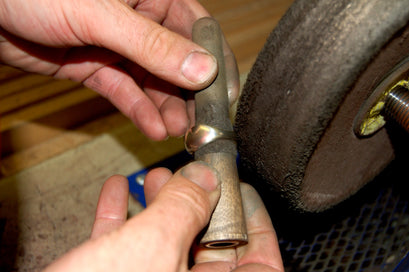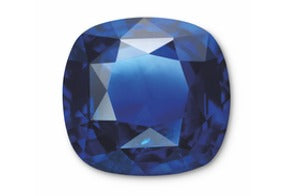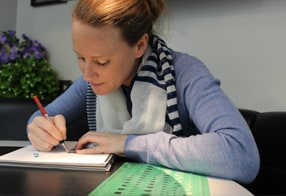One of the most common jobs we take on in the workshop is re-polishing cut stones. Over time, general wear and tear will cause abrasion of facet edges and junctions, called ‘rubbing’. To check if your stone has been rubbed, look at the facet lines– if they are sharp your stone is fine, and if they are dull and matte-looking, then you may want to get the stone re-polished
If you’re keeping up with our blogs then you know that we can’t cut and polish diamonds, but we can do every other stone you can think of (remember, we are the vets). Re-polishing can range from a small scratch on the table of a ruby, to a battered zircon greatly in need of a complete new lease of life.
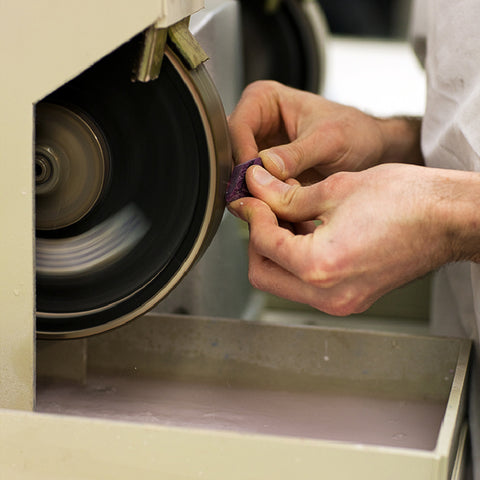
As easy as we make it look, re-polishing is not a simple job. The process requires time, patience and attention to detail. A typical albeit simplified polishing job happens like this:
- Ideally the stone is loose (it’s harder to reach all the facets and be accurate when the stone is set in jewellery!)
- The stone is attached to end of a dop-stick with some wax to hold it in place
- They lapidary will either hold the dop-stick by hand or attach it to the side of the lap to grind and polish the stone (a lap is a large disc typically covered in diamond powder that rotates at speed)
- The lapidary needs to always be aware of what they’re doing when the stone is on the lap, because one wrong move could ruin it – a scary thought when the stone is worth more than a house!
When the job is done, the stone is removed from the end of the dop-stick and soaked in methylated spirit to get rid of the wax (although this is not the case with such materials as opal or emerald, because the meth can stain or dry them out)
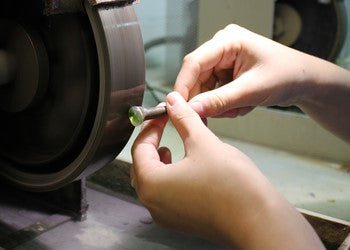
It takes years of training to become a lapidary, typically involving a 5 year apprenticeship. All of our current lapidaries were originally apprentices with Holts, with one still remaining (but she’s almost done!).
If you’re thinking of having a stone re-polished, here are our top-tips before you do:
- If possible, make sure the stone is loose to ensure an accurate job can be done.
- Bear in mind that if there’s a really massive chip, some size and weight could be lost. We will advise you as best we can on this.
- If there is a big fracture through the stone, especially if it reaches the surface, it make the stone precarious to cut and could possibly fall apart.
- It takes time, even the ‘simple’ jobs!!
- No 2 jobs are the same, so we always need to see the stone first if we want to give you the most professional and accurate advice we can.











